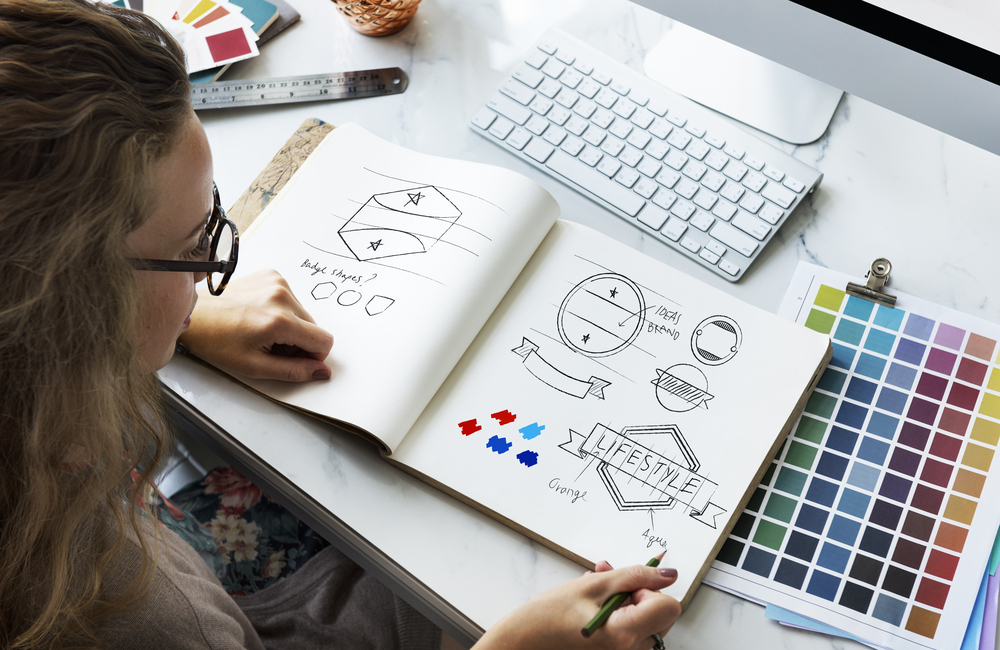
Even the most experienced designers will tell you that good logo design is a matter of personal tastes and preferences. However, nothing is cast in stone in the world of graphic design. To comprehend the elements that make a good logo, you have to approach this subject objectively by shunning personal opinions and preferences.
In this post, we answer the following pertinent questions:
- What message does the logo convey about the brand?
- Can the logo stand the test of time?
- Will people remember the logo after one glance?
By answering these questions, you will be able to understand the qualities of a good logo and how to make one for your brand right now!
Understanding the functions of a good logo design
The function of a logo is to create awareness. Brands use logos as tools to attract prospective customers and create lasting impressions in the minds of target audiences.
When designing a logo for your business, you have to test and evaluate whether it meets its main function. A good logo should not only look good but also leave a memorable impression on your customers.
Visual design elements to consider
The quality of a good logo depends on the visual design elements used. The logo should combine graphics, typography, and different color schemes to create a memorable visual impression.
The use of color is to stimulate primal feelings while typography conveys a sense of elegance and avant-gardism. The correct use of graphics in your logo can go a long way to transform your brand into a dominant force.
Top qualities of a good logo
Now that you know about the functions of a logo, it’s time to check out the top qualities that make up a good logo.
Uniqueness
A good logo should be distinct from the onset, and it should create a unique story about your brand. Moreover, the logo should stand out from the rest, making it easier for prospective customers to separate your brand from your competitors.
The relevance of a good logo
The relevance of the logo refers to how well it connects with your target audience. When designing a logo, you should research more about your prospective customers in order to create something that resonates with their interests. For instance, if your audience is young people, consider using bright colors and hippy typography that appeals to them.
Why simplicity is key
As much as you want your logo to be bright and flashy, do not overdo it. In any case, simplicity is the greatest sophistication. People love simple graphics that are attractive and easy to remember. A simple logo will work to the advantage of your business since more customers are likely to remember it after one glance.
Expedience (Timelessness)
There’s no point in designing a logo that is only useful today, but not so useful tomorrow. A good logo should exhibit expedience in the sense that it is good today and forever.
Even though you can now modify your logo to match current trends, changing your logo every now and then could cause confusion and interfere with your audience’s ability to associate it with your brand.
Adaptability
Whether digital or physical, a good logo should be compatible across all types of mediums. You should be able to post it on social media and print it on a hard copy without losing its original design and color quality. This is where the importance of adaptability comes into play.
So, what next?
Whether you are a startup business or a well-established brand, you deserve a good logo design that will resonate well with your target audience. Enlisting a professional can make the difference in translating your business goals into a great logo.
